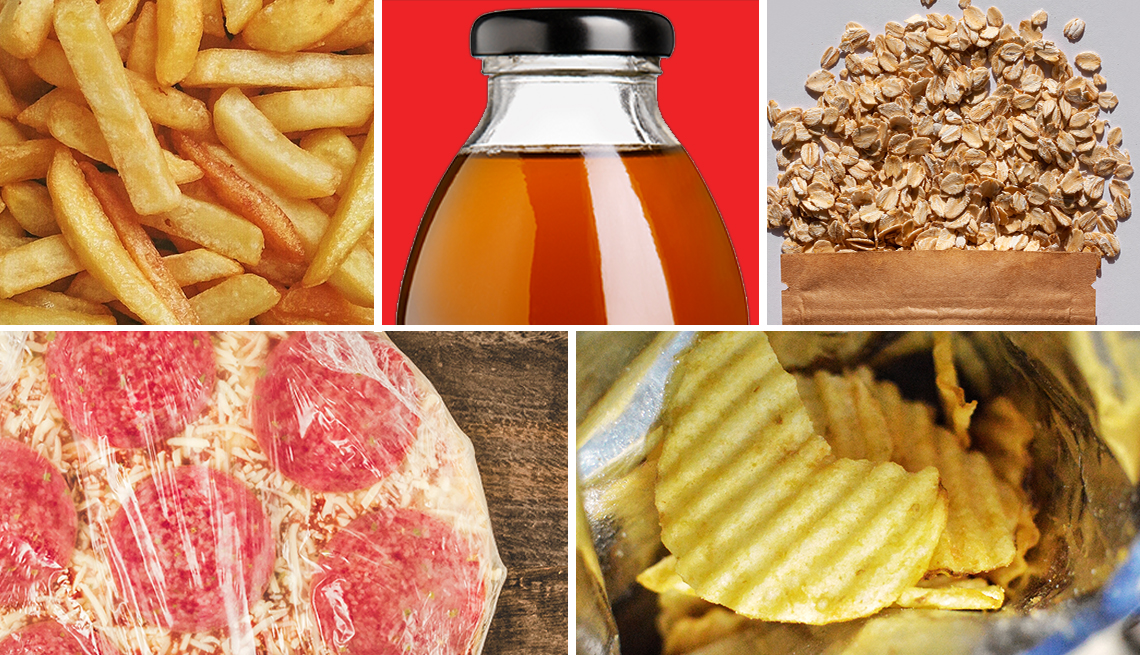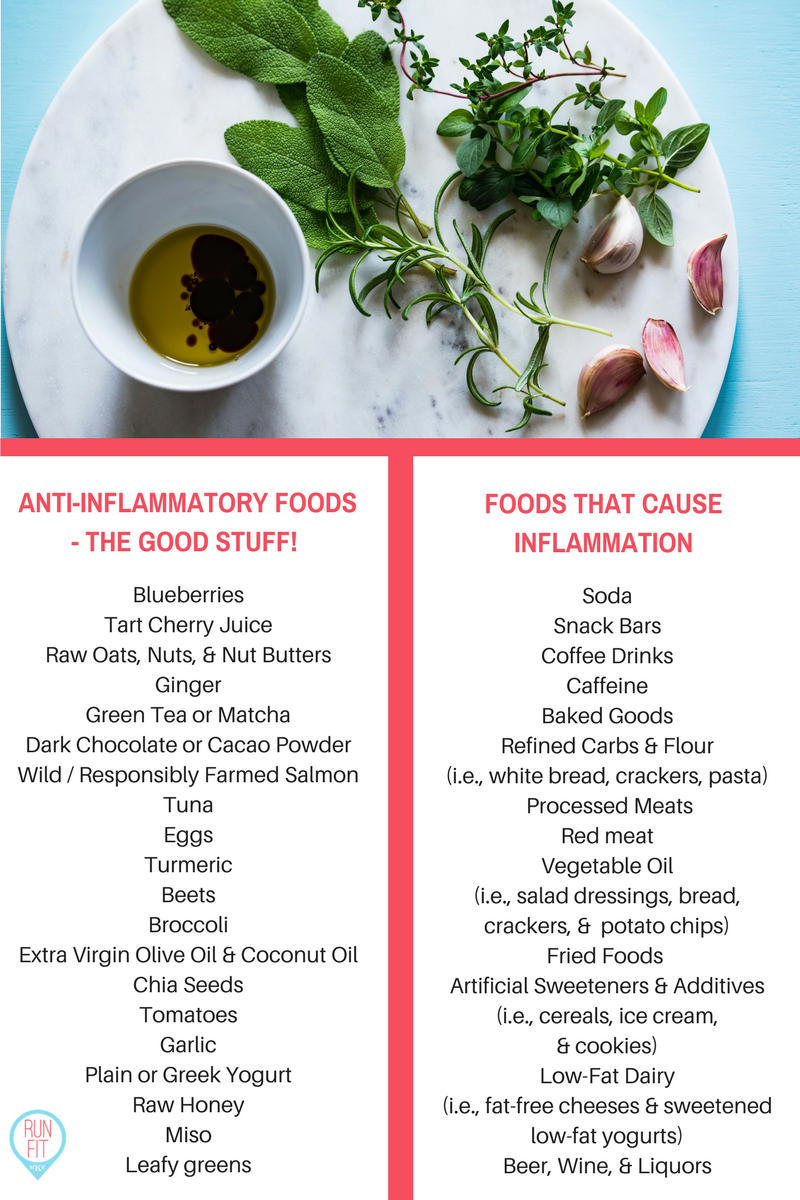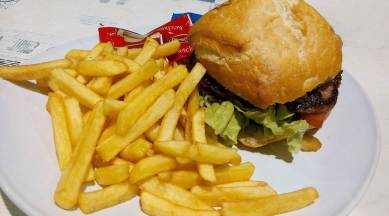
What foods make arthritis worse? These are some of our most asked questions. Some of these are inflammatory and others are not. But what does all this mean? First, you need to know what you're eating. A healthy diet is crucial to keeping inflammation down. It is particularly helpful to include garlic in your diet. It has anti-inflammatory properties and can even help reduce joint pain. Omega-3 fatty acids are also helpful for people with arthritis, as they reduce inflammation and can help you stay healthy.
Some foods, drinks, and beverages may be helpful in fighting arthritis. Antioxidant polyphenols have been shown in green tea, orange juice, as well as other beverages, to protect the body. It is important to be mindful of how much you eat and how many calories you consume. Water can help you stay hydrated, and it can also prevent the negative effects of processed foods. Some foods can actually make arthritis worse. So what can you avoid? Here are some ideas. These can help you feel better.
Avoid sugar-sweetened sodas. These can cause inflammation, which can worsen arthritis. In addition, sugar intake is not recommended. Studies have shown that eating too much sugar makes the symptoms worse. Inflammation often plays a role in arthritis symptoms. These foods can make your arthritis worse. Red meat is high in fat and sugar, so it's a good idea to stay away from it.

Try to limit the intake of simple carbohydrates. Simple sugars can cause inflammation and spike blood sugar. Hence, a healthy diet should be full of vegetables like tomatoes and eggplants. Beans and nuts are essential for anti-arthritis. Roasted vegetables can be eaten as well. These can reduce the risk of developing arthritic knees. Don't eat refined sugar. It's an inflammatory toxin which can increase your risk of developing arthritis.
Refined grains increase blood glucose and are high-inflammatory. Refined grain also increases the production AGEs which can cause inflammation. They can cause inflammation and pain. Avoid wheat products, dairy, and all other forms of wheat. These foods can make arthritis symptoms worse. They can increase the amount of omega-6 essential fatty acids in your body, which is very dangerous for your joint health. Refined grains can increase blood glucose levels and lead to arthritis.
Sugar and processed carbs are bad for RA patients. They can lead to inflammation and worsen your arthritis symptoms. It is beneficial to include more anti-inflammatory foods in your diet. However, it is important to keep in mind that there are exceptions to this rule. For example, eggs and milk are considered healthy for most people. However, they can make a big difference in your body. You can reduce your risk of developing RA by eating healthy foods that include eggs and nuts.
Many studies have found that red meat can make arthritis symptoms worse. Red meat causes inflammation in your joints. It also raises your bad cholesterol levels, making it worse. Red meat is high in Advanced Glycation End Products, (AGEs). These molecules are formed by food being grilled or uncooked. AGEs cause inflammation and make the symptoms of arthritis worse. Limit your intake of these foods.

Refined grains should be avoided. Refined grains, while they may be tasty, can also increase inflammation and worsen the symptoms of arthritis. Therefore, avoid a diet rich in refined grains, processed foods, and dairy. Whole grains can be a good source of fibre and lower your blood levels of C-reactive proteins. They can also help reduce inflammation and pain. However, it is best to get rid of them all.
Certain foods are better than other. Some foods are healthier than others, and some have lower levels of saturated fat. Consuming more whole grains is the best choice. They're more nutritious and have fewer trans fats than red meat. Even if you do consume red meat, it's better to avoid saturated fats as well as omega-6 fatty acids which are bad for your joints.
FAQ
What amount of exercise is necessary to lose weight?
There are many factors that affect the amount of exercise you need to lose weight. However, the majority of people require at least 30 minutes of moderate exercise five days a week.
The American College of Sports Medicine recommends 150 minutes of moderate-intensity aerobic activity each week, spread over three days.
For example, if your goal is to lose 10lbs, aim for 300 minutes of moderately intense exercise per week. This includes activities such brisk walking and swimming laps, bicycling, dancing, playing tennis or golfing, hiking, running, jogging and other similar activities.
For those just starting out, you might consider 20 minutes of vigorous activity every other week. These activities could include sprints and lifting weights.
Aerobic exercise can help burn calories as well as build muscle mass. Muscle burns more calories than fat does. Building muscle and losing weight can help you reach your goals faster.
Can I eat the fruits of my intermittent fasting diet?
Fruits are great for your health. They are full of vitamins, minerals as well as fiber, antioxidants and other nutrients. But, they can also contain sugar that can spike blood glucose levels. This can lead insulin resistance and weight increase. If you are looking to lose weight through an IF diet you need to choose low glycemic-index fruits such as oranges, pears, berries and melons.
What is the best way to exercise when you are busy?
Doing exercises at home is the best way to stay in shape. You don't have to join a gym or go to a fitness center to stay fit. You can do simple exercises at-home without having to purchase expensive equipment.
You will need a pair, mat, chair, timer, and some dumbbells.
Your most important goal is to keep up your fitness routine. It is possible to lose your motivation if you miss a few days.
Try lifting weights three days per week. This is a great place to start. This could be squats and lunges as well push-ups, pull ups, pull-ups (dips, curls), etc.
Once you have mastered these basic movements, you can move on other types of exercises such as running, jumping rope, skipping, yoga, Pilates, dancing, cycling, swimming, weight training, tennis, golf, hiking, basketball, football, soccer, volleyball, badminton, squash, etc.
Choose the one that fits your lifestyle. If you work long hours, you may want to avoid exercise programs that consume too much energy.
If you are a night owl, then you should consider exercising during the evening rather than early morning.
Listen to your body, and don't stop when you feel tired.
Are there any side effects to intermittent fasting
Intermittent fasting has no known side effects. If you don't plan well, you may experience minor issues.
For example, if you skip breakfast, you might be irritable all day long. Other symptoms include headaches, dizziness and fatigue as well as muscle cramps.
These symptoms are usually gone within a few days.
What Weight Loss Can You Expect In One Week?
Your current body fat percentage will determine how much weight you can lose. You need to determine how much weight loss you are looking for. Your BMI is a measure of how much weight you need to lose. If your BMI is 25 or greater, you're overweight. If your BMI reads 30 or more, you are likely obese.
If you are 200 lbs, your BMI will be 28.7. This means that you'd need to lose around 70 pounds to get down to a healthy weight range. To see if you're overweight, visit www.healthyminds.com/bmi/.
Once you know your BMI, you can use this formula to figure out how many pounds you'll lose per week:
(Your Goal Weight - Current Weight)/BMI * 7 Number Of Pounds Lost Per Week
For 50 pounds to be lost in one month, it would take 2 weeks of exercise. 56 days is equivalent to 7 pounds per day. That's 8.3 pounds per week.
You could also try this calculator from www.weightlosscalculator.net. It will give you an approximate estimate of the calories you need to lose 1 pound each week.
How can busy people lose fat?
Losing weight is as easy as eating less and working out more.
You will gain weight if your eat too much. You will gain weight if exercise isn't enough. These two simple habits can help you start losing weight.
How do I create an exercise routine?
You must first create a routine. You must know what you will do each and every day, as well as how long it will take. This helps to plan ahead and avoid procrastination.
Second, make sure that your workouts are varied. Exercise shouldn't be boring. Otherwise, you'll lose motivation.
You also need to keep track of your progress. It is crucial to track how much weight has been lost or gained.
If you lose weight and then gain more weight, it is easy to lose your motivation. It's harder to stay motivated if you gain too many pounds.
Find a healthy balance between losing weight and gaining weight. If you are unhappy with your current situation, you will be less inclined to exercise.
Statistics
- According to a study sponsored by the American Council on Exercise, a person weighing around 140 pounds (64 kg) would burn 108 calories at a 30-minute beginner's Pilates class or 168 calories at an advanced class of the same duration (26). (healthline.com)
- A 12-week study in 20 women with obesity found that walking for 50–70 minutes 3 times per week reduced body fat and waist circumference by an average of 1.5% and 1.1 inches (2.8 cm), respectively (healthline.com)
- It's estimated that half of all American adults attempt to lose weight every year (1Trusted (healthline.com)
- Another study found that 24 weeks of weight training led to a 9% increase in metabolic rate among men, which equated to burning approximately 140 more calories per day. (healthline.com)
External Links
How To
How to Intermittent Fasting
Intermittent fasting refers to a diet where you only eat one day per semaine, typically Monday through Friday. This allows you to reduce your calorie intake and still get adequate nutrition. This will allow you to burn fat more quickly than eating regular meals throughout the week.
The most common form IF is to reduce calories on specific days. This means you could skip breakfast every morning and still eat what you want the rest of the week. You could choose to eat three small meals per day rather than two big ones.
There are many types of intermittent fasting. There are pros as well as cons to each form of intermittent fasting. Alternate-day fasting is the easiest method to get started because it doesn't require any significant lifestyle changes. However, not everyone can stick to a rigid schedule. They might prefer to experiment with other methods.
If you're looking to start an intermittent fasting routine, I recommend starting with alternate-day fasting. This will allow your lifestyle to be gradually altered while you transition into more extreme fasting.